- About us
- Support the Gallery
- Venue hire
- Publications
- Research library
- Organisation chart
- Employment
- Contact us
- Make a booking
- Onsite programs
- Online programs
- School visit information
- Learning resources
- Little Darlings
- Professional learning
Fred Williams OBE (1927–1982), painter and etcher, was one of the most important Australian artists of the twentieth century. His unique landscape vision emerged in the late 1950s, after his return from a period of study and work in London. The 1960s saw an increasing minimalism in his paintings, which reached its most extreme point at the end of the decade. In his monumental works of 1969, he attempted to evoke the vast scale of the Australian land through canvases of a single colour dotted with tiny flecks of paint. Although Williams later turned to representation of denser, more colourful country, his bare, uncompromising pictures of the 1960s contributed profoundly to subsequent interpretation of the Australian landscape. Williams painted few self portraits; this painting, one of the very first acquisitions of the National Portrait Gallery, was the last and most considered of them. The quiet assurance of the artist, dressed rather formally in suit and tie, coincides with the increasing maturity of his landscape vision in the early 1960s. The work of painting is emphasised; here is no tousle-haired, tortured genius but a diffident, sober man going about his business. Although the self portrait seems quite different from a ‘typical’ Williams landscape, the treatment of the jacket is reminiscent of that of rocks and trees in his landscapes of the same period and the work is characteristically enlivened with touches of vibrant colour on cheekbones and ears.
Rennie Ellis (1940–2003) was a photographer and writer. Founder and director of Brummels Gallery of Photography, Australia’s first gallery dedicated to photographs, Ellis published some seventeen books and his photographs, widely exhibited in Australia and overseas, are held in many public and private collections. The National Portrait Gallery acquired thirteen of his photographs following the exhibition Rennie Ellis: Aussies All, held at its Commonwealth Place Gallery in 2006.
Collection: National Portrait Gallery
Purchased 2005
© Rennie Ellis Photographic Archive
www.RennieEllis.com.au
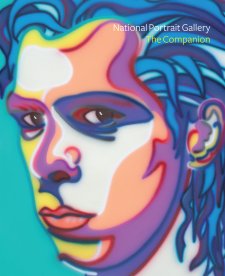
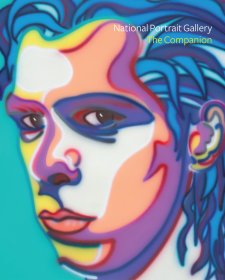

On one level The Companion talks about the most famous and frontline Australians, but on another it tells us about ourselves.
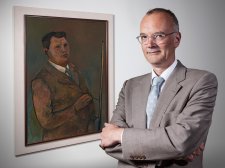
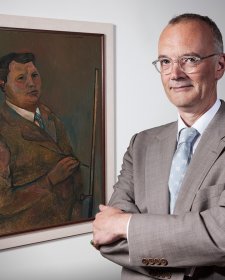
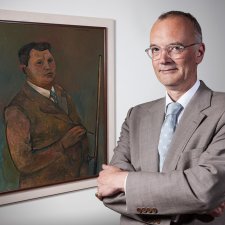
1 May 2014
In Persuasion (1818), a long walk on a fine autumn day affords Anne Elliot an opportunity to ruminate wistfully and at great length upon declining happiness, youth and hope.
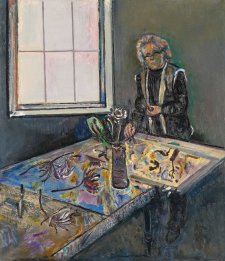
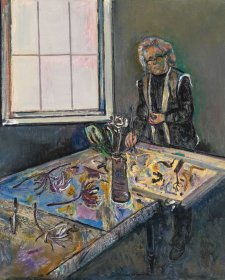
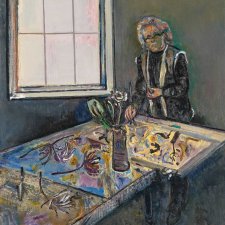
Michael Desmond discusses Fred Williams' portraits of friends, artist Clifton Pugh, David Aspden and writer Stephen Murray-Smith, and the stylistic connections between his portraits and landscapes.